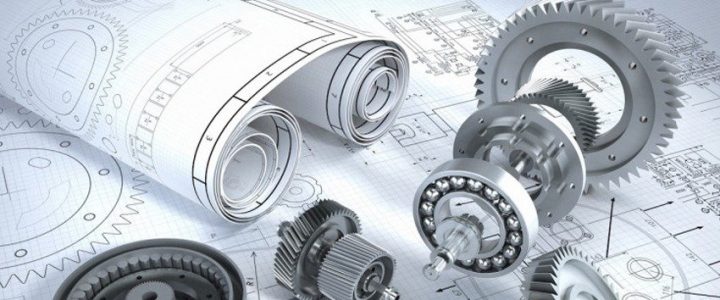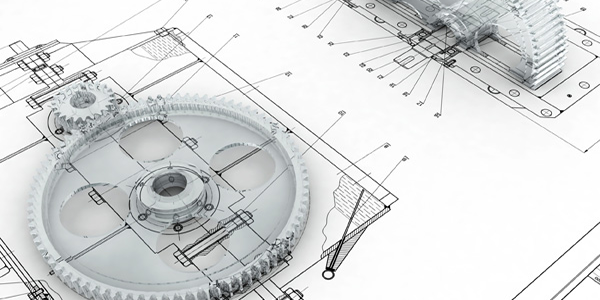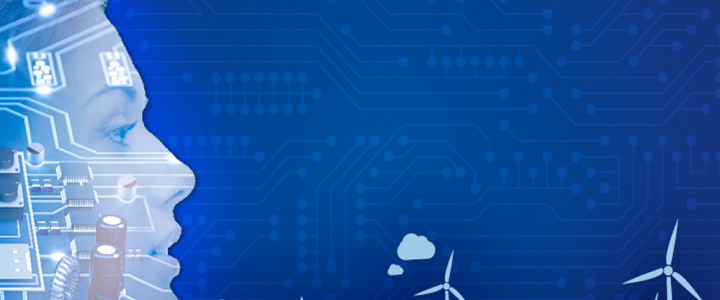| 3 YEAR | 2 semester | 9 CREDITS |
| Luciano CANTONE | since 2019-20 |
| Code: 8037969 SSD: ING-IND/14 |
OBJECTIVES
LEARNING OUTCOMES: Designing mechanical components considering the need to save weight, material and energy while respecting safety, to promote the usefulness and social impact of the designed product.
KNOWLEDGE AND UNDERSTANDING: The design of mechanical systems; in particular, basic knowledge of the design methodologies of important machine components.
APPLYING KNOWLEDGE AND UNDERSTANDING: Knowing how to recognise, distinguish and use the main techniques and tools for the design of mechanical components.
MAKING JUDGEMENTS: Students must assume the missing data of a problem and be able to independently formulate basic hypotheses (such as that on safety coefficients) based on the operational and functional context of the system/component they have to design.
COMMUNICATION SKILLS: Transfer information, ideas and solutions to specialist and non-specialist interlocutors through intensive use of English terminology.
LEARNING SKILLS: Students, by learning the basics of design, acquire the tools to learn the necessary design techniques of systems/components not directly addressed during the course.
COURSE SYLLABUS
The first part of the course is addressed to the consolidation of basic knowledge to put the student in the right conditions to face a generic machine design problem: Mechanical Engineering design in Broad, Perspective, Load Analysis, Materials, Static Body Stresses, Elastic strain, Deflection, Stability (Eulerian buckling), Vibrations (beam Eigen-modes), Failure Theories, Safety Factors, Reliability, High cycles Fatigue, Low cycles Fatigue, Surface Damage, Contact and impact problems.
The second part will cover specific design activities: Threaded Fasteners and Power Screws, Rivets, Welding, Bonding, Springs, Lubrication and Sliding Bearings, Rolling-Element Bearings, Spur and Helical Gears, Shafts and Associated Parts. During the course, several design activities will be demonstrated by exercises and by real-life applications.

 UNIVERSITA' DEGLI STUDI ROMA "TOR VERGATA"
UNIVERSITA' DEGLI STUDI ROMA "TOR VERGATA"



